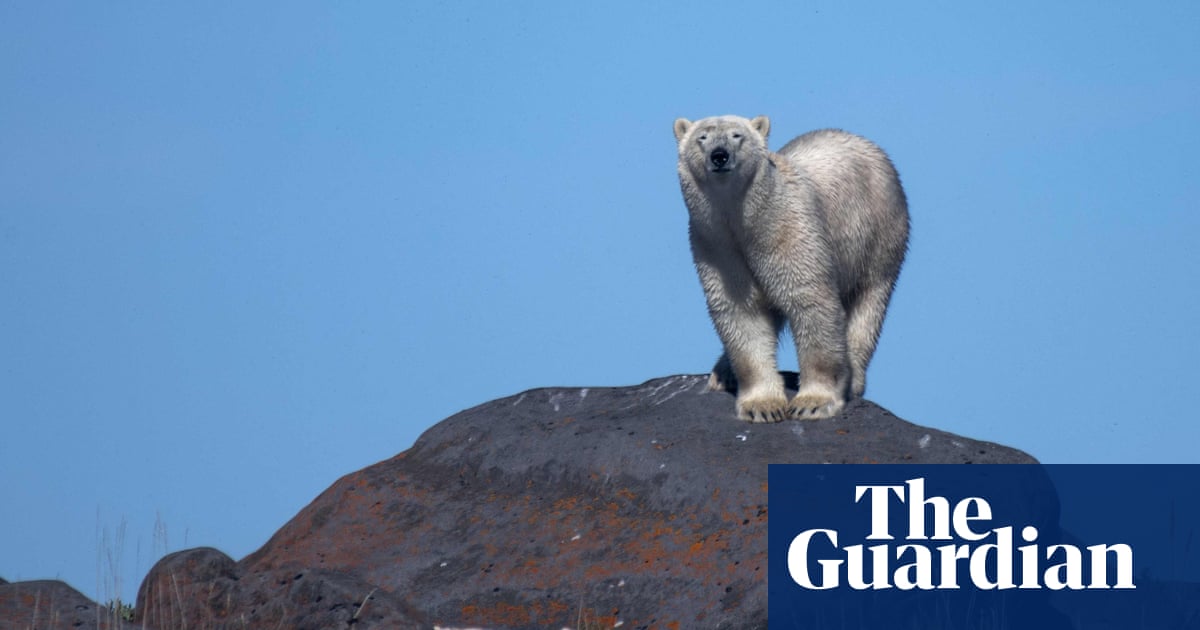A man who ‘jumped’ on a polar bear to protect his wife in a northern First Nations community in Canada he is expected to make a full recovery from the severe injuries he sustained in the attack.
But experts warn that changing environmental conditions will lead to a a change in where and when polar bears are seenincreasing the risk of surprise encounters.
The couple, who live in Fort Severn First Nation, found a polar bear in their driveway early Tuesday morning.
The bear pounced on the woman, who “slipped [the] on the ground while her husband jumped on top of the animal to prevent its attack,” the Nishnaube Aski Police Service said in a media release.
As the man tried to fight off the bear, he suffered serious injuries to his arms and legs. A neighbor heard the struggle and ran out, shooting the bear several times.
Police responded to reports of shots fired and after searching the area, eventually found the bear dead in a wooded area.
Fort Severn is a swamp Cree nation on the southern shores of Hudson Bay, the northernmost community in Ontario and a frequent sighting of polar bears.
Despite the estimated 17,000 polar bears living in Canadaattacks are rare and fatal encounters even more so.
But for communities like Fort Severn, which overlap with polar bear habitat, the state of nearby sea ice in the coming years will play a crucial role in the prospects of polar bears – and interactions with people.
“Each bear comes with its own individual personality and its own body condition,” said Andrew Desrocher, a professor of biology at the University of Alberta. Human interaction “depends so much on the individual bear, the annual conditions, and also the location,” he said. “But as a general rule, polar bears will become more unpredictable as environmental conditions change.”
after the promotion of the newsletter
Well-fed polar bears in good condition are rarely a problem for people, Desrocher said, but a bear stranded on land in poor condition is a “recipe for conflict” and human injury or death.
While bears in the western Hudson Bay population had better-than-expected ice cover during the summer, not enough ice had yet formed for the critical winter hunting season. Freezing is expected soon – which means some bears are still roaming the land, burning precious fat reserves as they search for food. Polar bears use approximately 1 kg (2.2 lb) of their stored fat each day when they are on land and not feeding.
“Once these reserves are depleted, bears change their behavior and much of their natural wariness and avoidance of humans is lost as they search for food,” Desrocher said.
